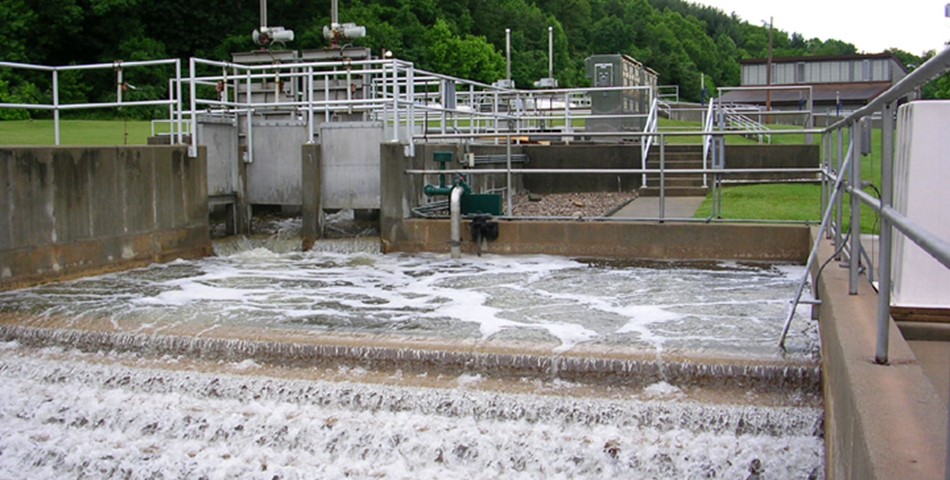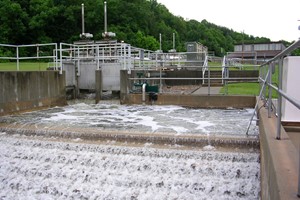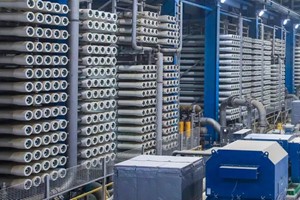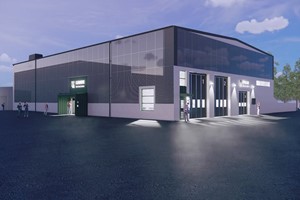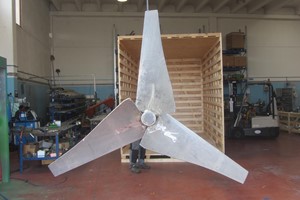Melbourne's burgeoning population growth necessitates a forward-looking approach to wastewater management. With a significant investment of $711 million, the Western Treatment Plant in Melbourne's west is undergoing a comprehensive modernization initiative. This transformative project, spearheaded by Minister for Water Harriet Shing, marks the commencement of construction on the Resource Recovery and Re-Use Complex, a pivotal step towards enhancing wastewater treatment capabilities to meet the evolving needs of Victoria's expanding populace.
Anticipating a doubling of Melbourne's population by 2050, the upgraded Western Treatment Plant is positioned as a critical component of the city's infrastructure. The project aims to boost primary treatment capacity by an impressive 95 billion liters per year, ensuring that Melbourne remains equipped to cater to the demands of future generations.
Beyond its functional role in sewage treatment, the Western Treatment Plant boasts a unique identity as a world leader in environmentally conscious wastewater management. Serving as both a working farm and a sanctuary for various bird species, including the critically endangered, orange-bellied parrot and growling grass frog, the plant embodies the harmonious coexistence of urban development and ecological preservation.
Established in the 1890s, the Western Treatment Plant has been instrumental in revolutionizing Melbourne's public health and sanitation standards. Today, it processes over 182,500 million liters annually, employing cost-effective and energy-efficient treatment processes.
The Resource Recovery and Re-Use Complex heralds a new era of innovation in wastewater management. Designed to minimize odors, capture carbon, and manage waste sustainably, this complex represents a significant leap forward in environmental stewardship. With updated treatment methodologies and waste management facilities, the project sets a precedent for sustainable infrastructure development.
In the words of Minister for Water Harriet Shing, "Innovation and efficiency in wastewater treatment have positioned Victoria as a leader in climate change adaptation, circular economy practices, and enhancing liveability. Improved wastewater treatment not only addresses the challenges of population growth but also reinforces our commitment to sustainable development."
Member for Werribee Tim Pallas emphasizes the broader implications of the investment, stating, "This crucial modernization initiative not only safeguards the health and sanitation needs of Melburnians but also underscores our dedication to achieving net-zero emissions by 2045, paving the way for a sustainable and climate-resilient future for all Victorians."
Echoing these sentiments, Member for Tarneit Dylan Wight highlights the positive impact on community well-being, stating, "The new Western Treatment Plant Resource Recovery and Re-Use Complex will support thriving, healthy, and growing communities."
Melbourne Water Managing Director Dr. Nerina Di Lorenzo reinforces the significance of the project, stating, "The Resource Recovery and Re-Use Complex represents a major milestone in the transformation of the Western Treatment Plant, enabling agile adaptation to future needs while prioritizing sustainability."
As Melbourne prepares to meet the challenges of rapid urbanization and climate change, initiatives like the Western Treatment Plant modernization stand as testament to the region's commitment to environmental stewardship and sustainable development.



